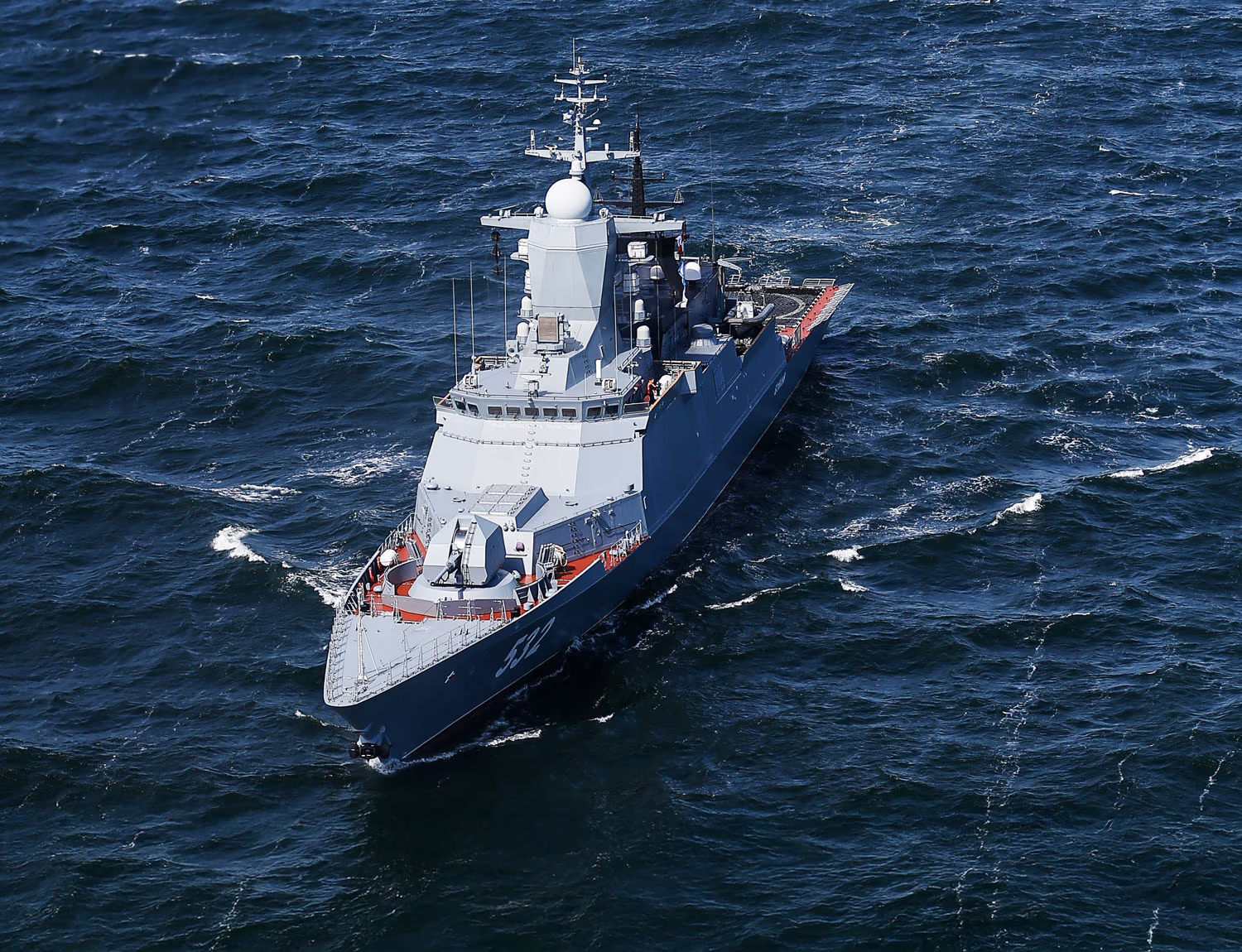On the night of September 10, at least 19 Russian drones entered Polish airspace. Warsaw invoked Article 4 of the NATO treaty and demanded urgent consultations, calling the incident an "act of aggression." The incursion marked the culmination of a series of violations—from drones crashing near Warsaw to Russian missiles flying over border regions of Poland, Romania, Finland, and Estonia.
This was the most serious breach of NATO airspace since the alliance was founded in 1949. Between 11:30 p.m. on September 9 and 6:30 a.m. on September 10, at least 19 Russian drones crossed into Polish airspace. Polish jets, along with Dutch F-35s recently deployed to Poland, shot some of them down, while the rest crashed. One drone fell 300 kilometers inside the country. Within hours, the Polish government invoked NATO’s Article 4, demanding immediate consultations with allies. The Polish military described the event as an "act of aggression." Prime Minister Donald Tusk stressed that, for the first time, Russian drones had been shot down over NATO territory and warned the country was "closer to open conflict than at any time since World War II."
Such incidents are not new. Russian missiles and drones have repeatedly violated alliance airspace, while Ukrainian officials have often criticized partners for turning a blind eye. In late August, a Shahed drone crashed into a cornfield in eastern Poland, just 120 kilometers from Warsaw. Earlier in 2024, a Russian Kh-101 missile briefly entered Polish airspace near the Ukrainian border. According to Kyiv, drones targeting Ukrainian ports on the Dniester have sometimes strayed into Romania. In May and June, Finland twice accused Moscow of violating its airspace with military aircraft, while Estonia lodged a similar complaint this month.
The scale of the latest incident far exceeded previous violations. The drone attack forced Polish authorities to shut airports. President Karol Nawrocki called it "an unprecedented moment in the history of the alliance." Addressing parliament, Donald Tusk demanded "full mobilization" of NATO members and rebuked those who prefer to criticize European states rather than focus on Russia. "At a time when Moscow’s aggressive intentions are beyond doubt, do not look for an enemy in the West," he said. "We have enough of a real one in the East."
The situation could escalate further. Starting September 12, Russia is holding its "Zapad" military exercises in Belarus, right on Poland’s border. Formally, 13,000 troops are to take part, but the real numbers are likely far higher—as in autumn 2021, when some 200,000 were involved. Five months after those maneuvers, Russia launched its full-scale invasion of Ukraine.
Poland decided not to take chances. On September 9, Tusk announced the closure of the border with Belarus ahead of the drills. That same day, Russian drones entered Polish airspace, many coming from the Belarusian side. Minsk claimed the drones had "gone off course" due to electronic warfare measures used by Russia and Ukraine.
What Are You Gonna Do About It?

Another Test of the Limits
Russia Sends a Warship to Escort Sanctioned Tankers Through the English Channel

Is Russia Preparing for the Next War?
The Expansion of Military Infrastructure Near Finland, Estonia, and Norway Raises Concerns of a Looming Conflict

Five Russian Bases Near Sweden’s Border Undergoing Upgrades
Each Could Host Nuclear Weapons

Russia Covers Its Shadow Fleet With Military Aircraft
Does Brussels Have Any Real Tools to Respond—Or Will It Once Again Resort to Rhetorical Concern?
Moscow has also insisted the violations were not intentional. The Russian Defense Ministry said the drones entered Poland accidentally during an attack on Ukraine and that no Polish targets were involved. The ministry expressed its "readiness for consultations on the matter with Poland’s Ministry of Defense."
Analysts are skeptical of Moscow’s explanation. "It is hard to believe that as many as 19 drones could have gone out of control," said Marek Swiecinski, a security expert at Warsaw’s Polityka Insight think tank. "This can be viewed as a deliberate incursion." A senior Western military official familiar with the details also argued the actions appeared intentional. According to him, Russia may have been probing Poland’s air defenses for weaknesses—precisely the kind of task drones are routinely used for in Ukraine.
According to the International Institute for Strategic Studies in London, the drones that crashed in Poland were likely Gerbera—low-cost systems used primarily as decoys to overload Ukraine’s air defenses. Ukrainian intelligence claims the model was originally developed by a Chinese company.
This time, Polish authorities responded far more decisively than before but stopped short of invoking Article 5 of NATO’s founding treaty on collective defense. That article refers to an "armed attack"—a criterion never formally defined and applied only once, after the September 11, 2001 attacks. Poland appears to be deliberately keeping room for maneuver while awaiting possible larger steps from Moscow. "We are leaving ourselves the option for further action," explained Swiecinski. Article 4 has been invoked only seven times, most recently in 2022 after Russia’s full-scale invasion of Ukraine.
Russia, for its part, is likely testing the readiness of Poland’s allies to respond collectively to such a blatant provocation. Vladimir Putin has long sought to undermine NATO solidarity by suggesting that allies are unwilling to honor the guarantees enshrined in the treaty. The alliance’s leadership is acutely aware of this threat. NATO Secretary-General Mark Rutte demanded that Moscow "stop violating allied airspace" and warned that "we will defend every inch of NATO territory." Prime Minister Tusk said he had spoken with Finland, Denmark, Norway, Sweden, and the Baltic states, which, in his words, "see the Russian threat more clearly than others."
Rutte called Russia’s actions reckless and dangerous but noted that allied intelligence services are still analyzing the incidents to determine whether they were deliberate. Putin, meanwhile, will be watching closely to see whether there are serious consequences. A lack of response to this unprecedented violation of an ally’s airspace would bring him closer to his primary goal—weakening the alliance’s unity.
